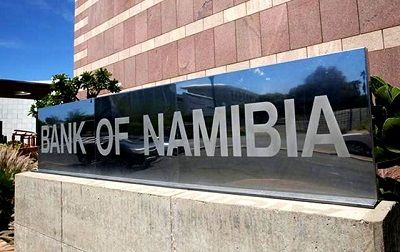
Repo rate now at distressing level

By Michel Haoses.
Many Namibians always feel anxious when the Bank of Namibia announces its monetary policy statement because in the current environment, it can only mean one thing: another rise in the repo rate. This was proven true this week when the central bank’s Monetary Policy Committee hiked the repo rate again, this time by 50 basis points from 7.25% to 7.75%.
The Monetary Policy Committee conducted its bi-monthly meeting on Monday and Tuesday to discuss the way forward to maintain the currency peg between Namibia and South Africa while stabilizing inflation and supporting the domestic economy.
The next day, on Wednesday 14 June, the Bank of Namibia Governor, Mr Johannes !Gawacab made the announcement.
What impact does the interest rate have on the economy?
The increase in interest rates naturally causes consumers to save more and spend less as the price of borrowing increases. Increasing the repo rate also impacts the prime lending rate which now stands at an inhibitive 11.5%.
This causes an increase in mortgage loans, other loans, advances, and overdrafts, which will encourage Namibians to save rather than spend. But the repayment price of loans for those who already had loans becomes a burden. This leads to less disposable income, less money circulating in the economy, and less demand for goods and services.
This increment of the repo rate will also have repercussions for the producers in the economy. When interest rates increase, it is more expensive for producers to borrow money. This means opting out of investments would be the better option, but when interest rates decrease, it becomes cheaper for producers to borrow money. Since higher interest rates discourages investments, it follows axiomatically that a lower interest rate encourages investment, leading to economic expansion, growth, employment creation, and allround prosperity.
By continuing to increase the repo rate against all economic fundamental judgements, the central bank has just added another burden on the economy, and reduced the private sector’s ability to employ more people. Increasing the repo rate directly leads to higher unemployment.
Inflation
The average inflation rose to 6.8% during the five-month period from January to May, driven mostly by food and housing prices. To be able to stabilize this rapid increase in food and housing prices, inflation has to be combatted, and according to the central bank, the only way to do that is by increasing interest rates. When inflation is high, interest rates must increase, is the only gospel monetary policy planners know.
What can be expected in the future?
Despite the increase of interest rates from 6.75 to 7.75 percent (January to June) there has been an improvement in the domestic economy especially in sectors such as mining, manufacturing, wholesale and retail and trade, communication and tourism. Although GDP growth is projected to moderate this year compared to the 4.6% of 2022, the Bank of Namibia still has pencilled in a respectable 3% real GDP growth.













































